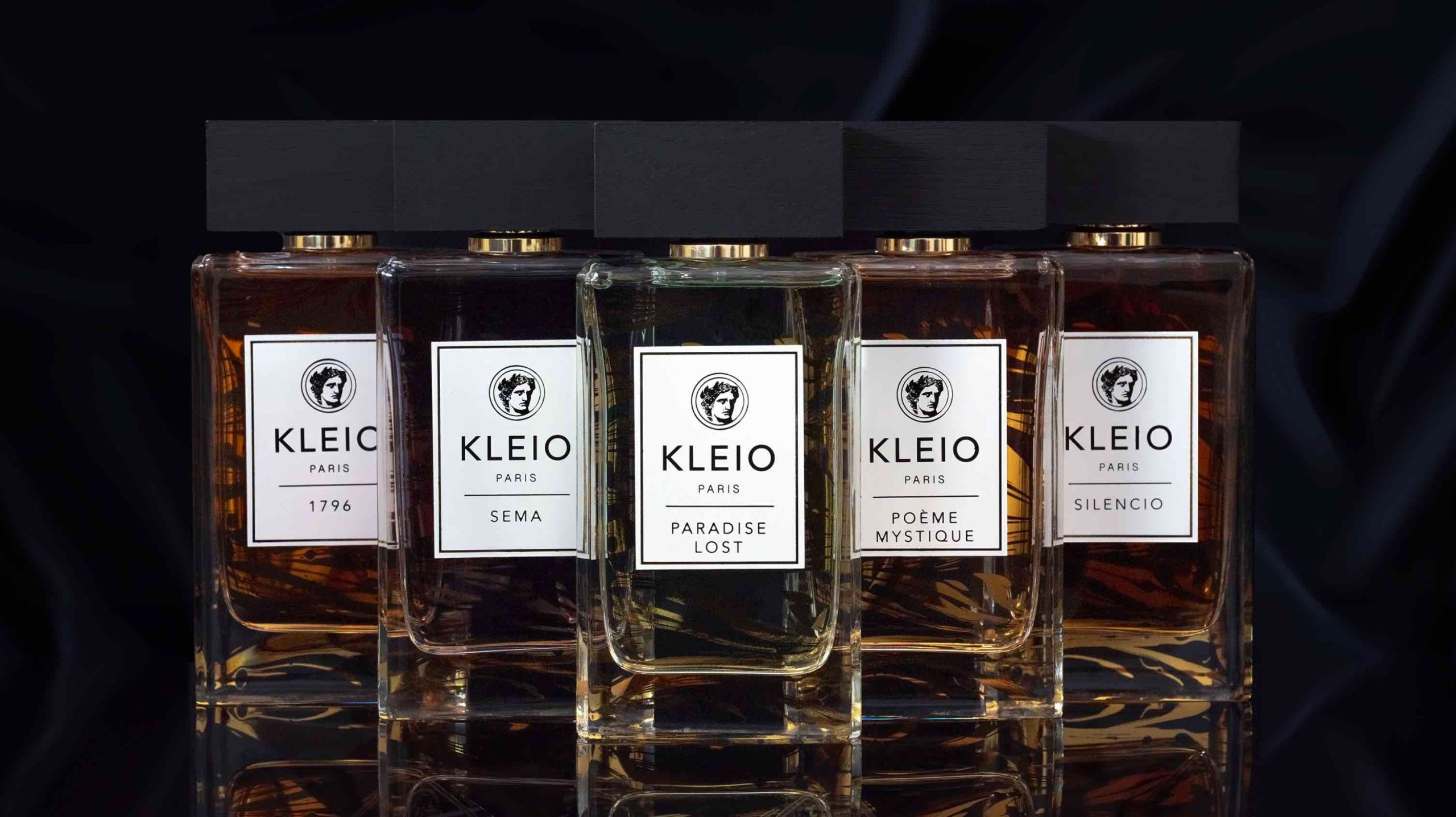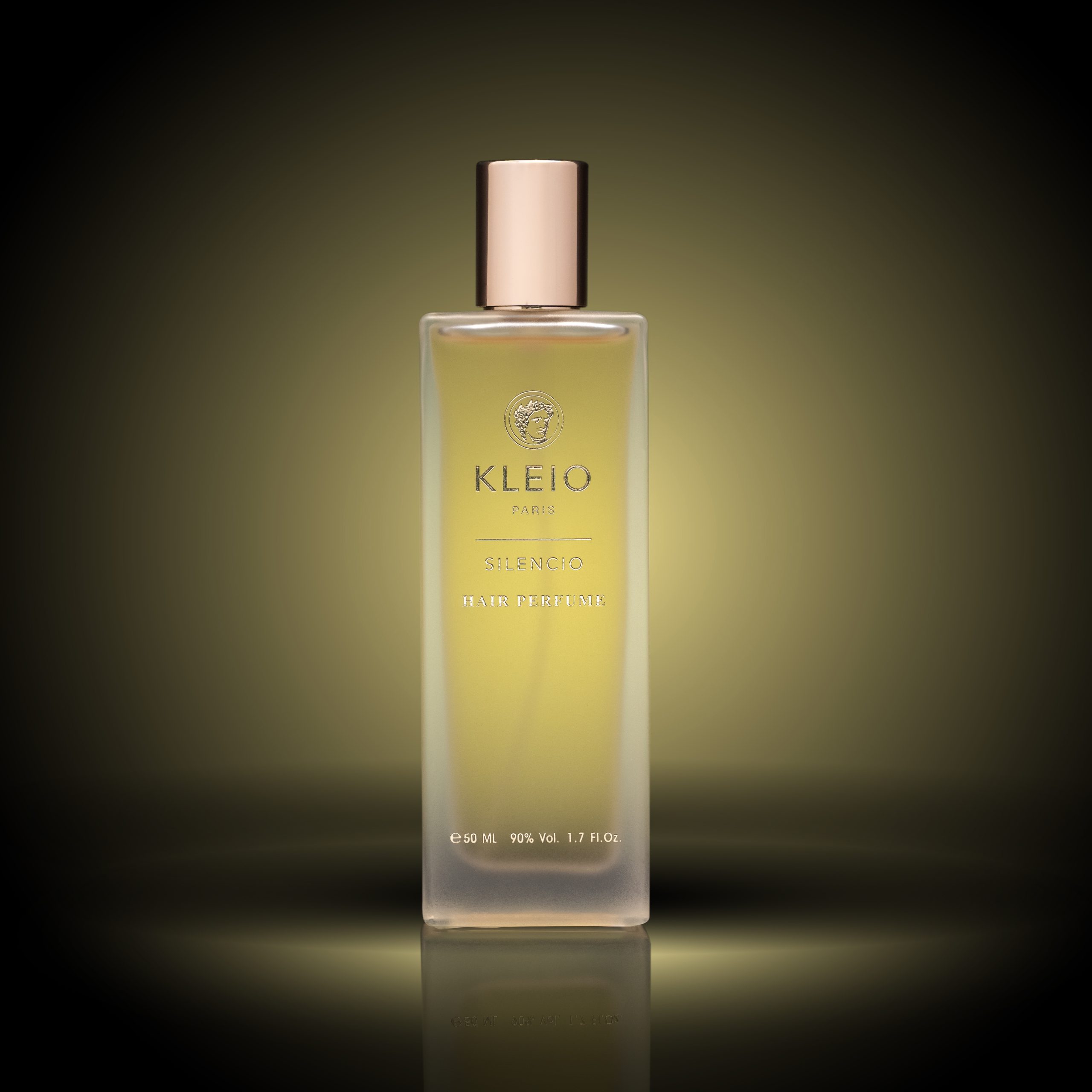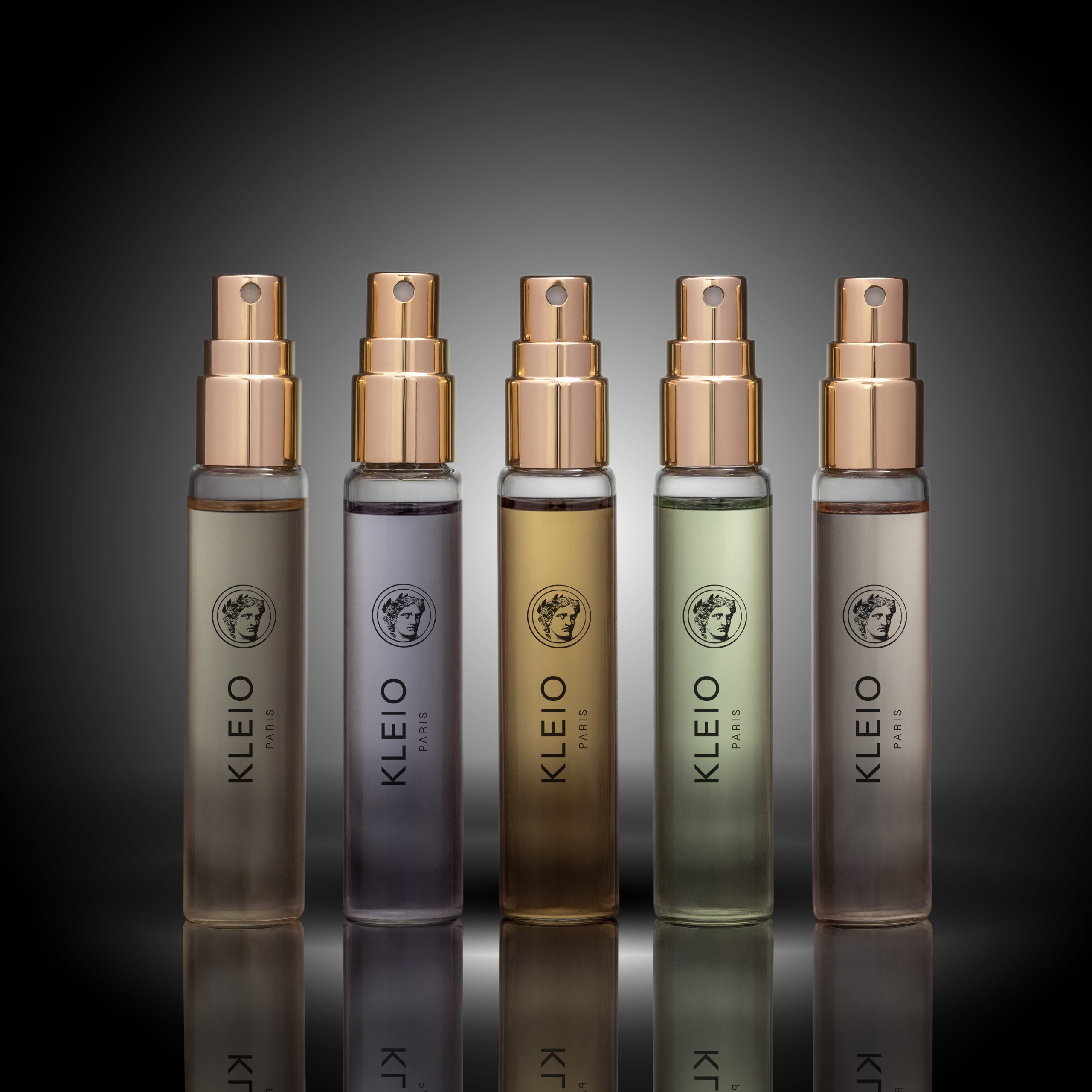Fragrance preferences vary widely across different regions, influenced by local traditions, climate, and social norms. Here’s a concise look at these preferences:
Middle Eastern Fragrance Preferences
The Middle East loves rich, opulent scents like oud, amber, and musk. These powerful fragrances are often layered, reflecting ancient perfumery traditions (OnScent) (Marie Claire Magazine).
European Fragrance Preferences
- France and Italy: French perfumery is known for floral and musky scents, while Italians prefer citrus and aquatic notes, inspired by the Mediterranean (OnScent) (Marie Claire Magazine).
- Germany and Russia: Both countries favor woody and spicy fragrances, with notes like sandalwood and cedar (Fragrantix) (OnScent).
North American Fragrance Preferences
In the USA, there is a preference for fresh, clean scents and sweet, gourmand notes like vanilla and caramel. The diverse population influences a wide range of scent choices (OnScent) (Marie Claire Magazine).
Asian Fragrance Preferences
- Japan: Prefers subtle, nature-inspired scents such as cherry blossom and green tea. These fragrances are light and balanced (OnScent) (Marie Claire Magazine).
- India: Rich, spicy, and floral scents like sandalwood and jasmine are popular, reflecting deep cultural roots (Fragrantix) (Marie Claire Magazine).
Latin American Fragrance Preferences
Latin America favors vibrant, tropical, and fruity scents, reflecting the region’s warm climate and passionate culture (OnScent) (Marie Claire Magazine).
African Fragrance Preferences
- North Africa: Prefers rich, exotic, and spicy scents with ingredients like myrrh and frankincense (OnScent).
- Sub-Saharan Africa: Uses indigenous ingredients and natural scents derived from local flora (Fragrantix).
Conclusion
Understanding these regional preferences helps in creating fragrances that resonate with diverse audiences, celebrating the rich tapestry of global olfactory traditions.















